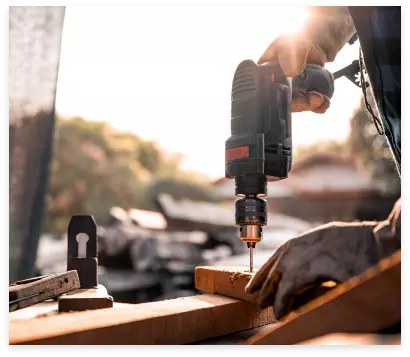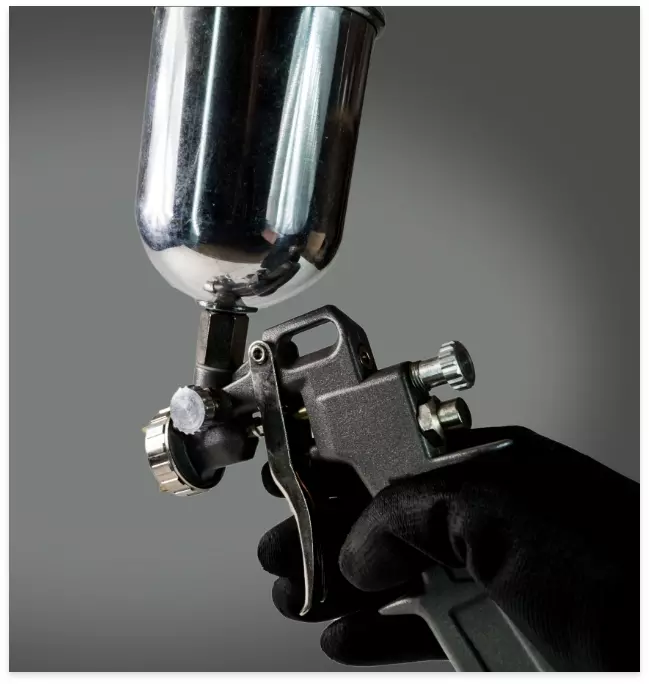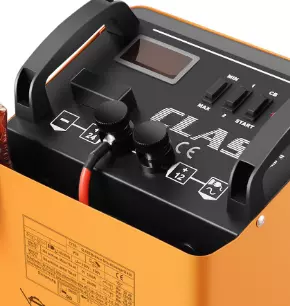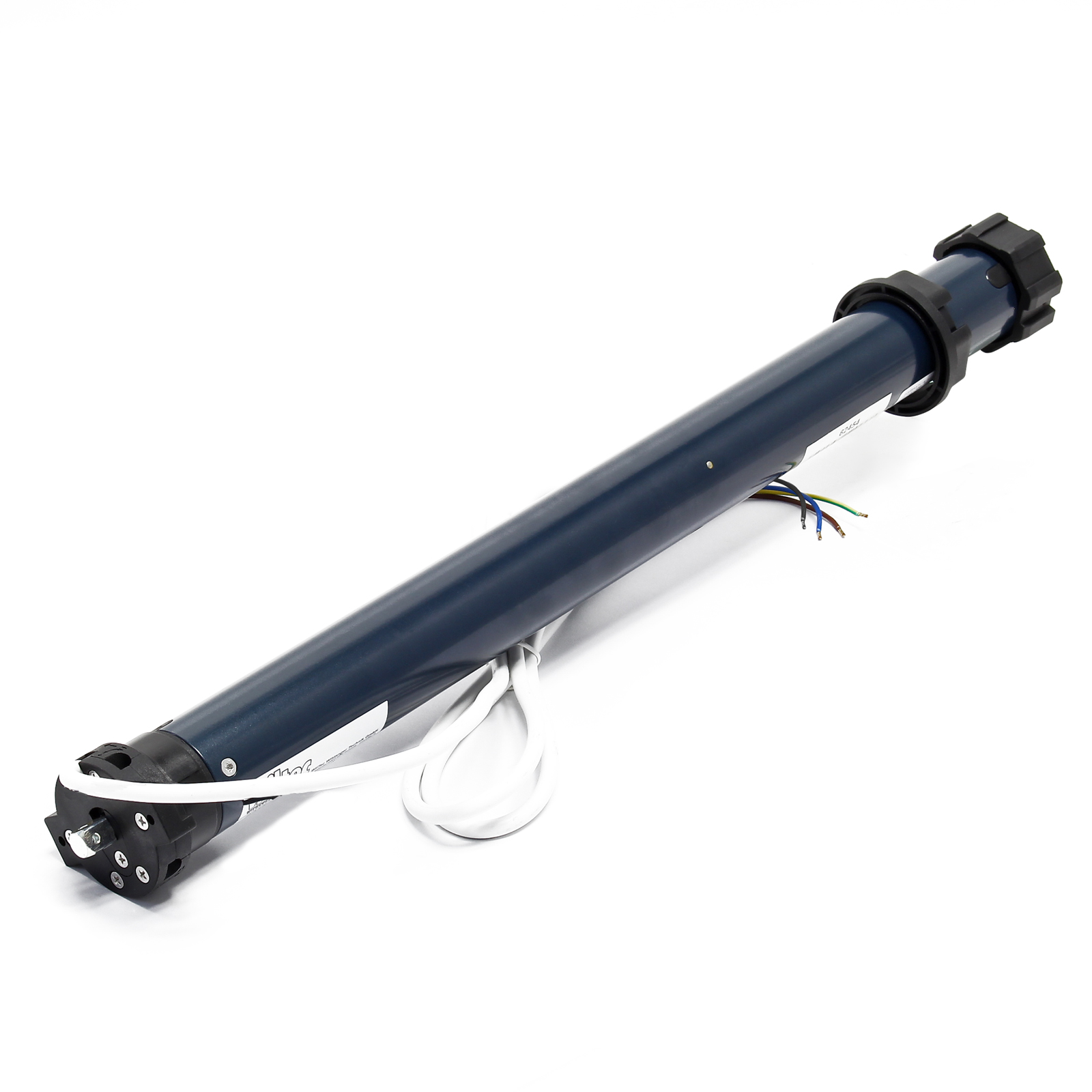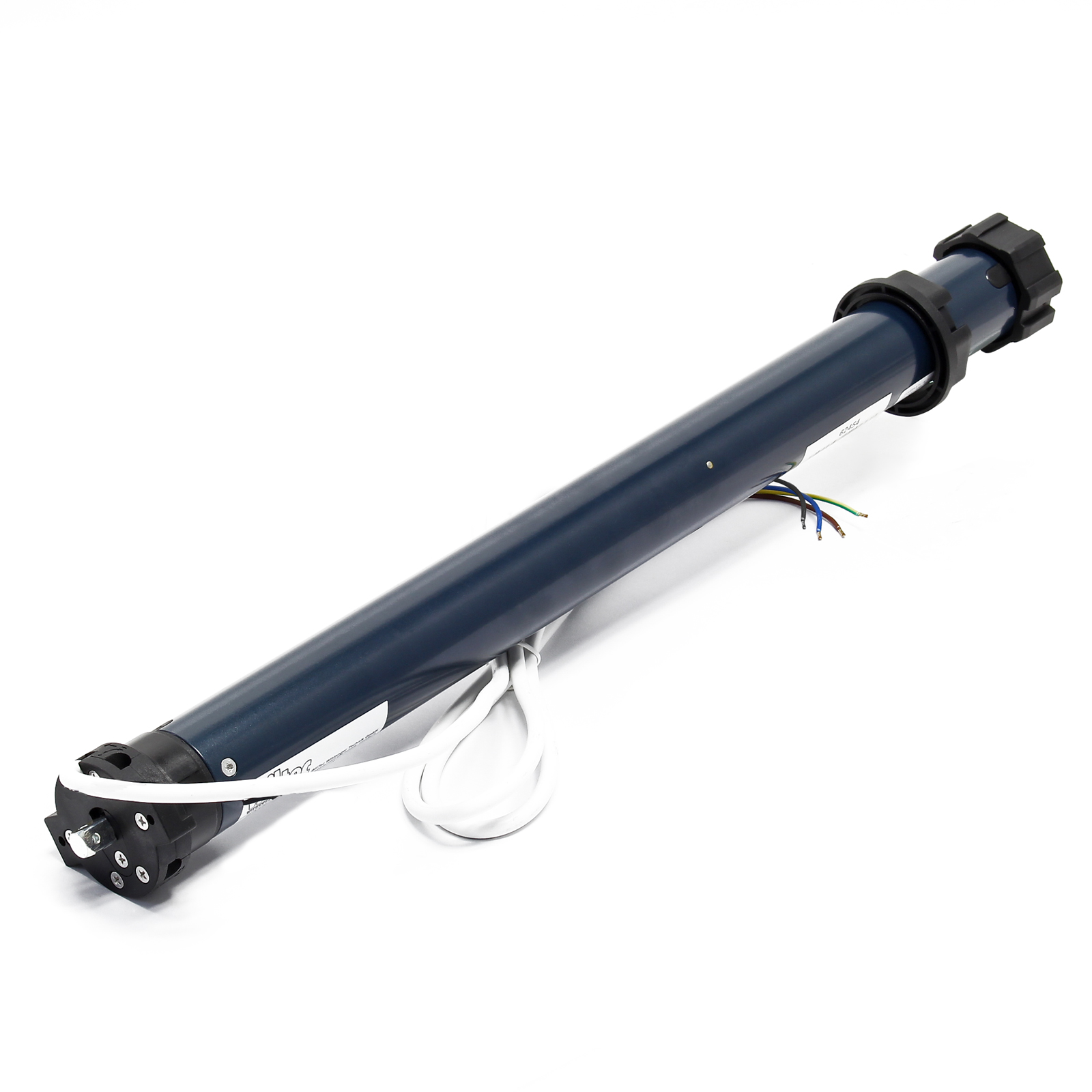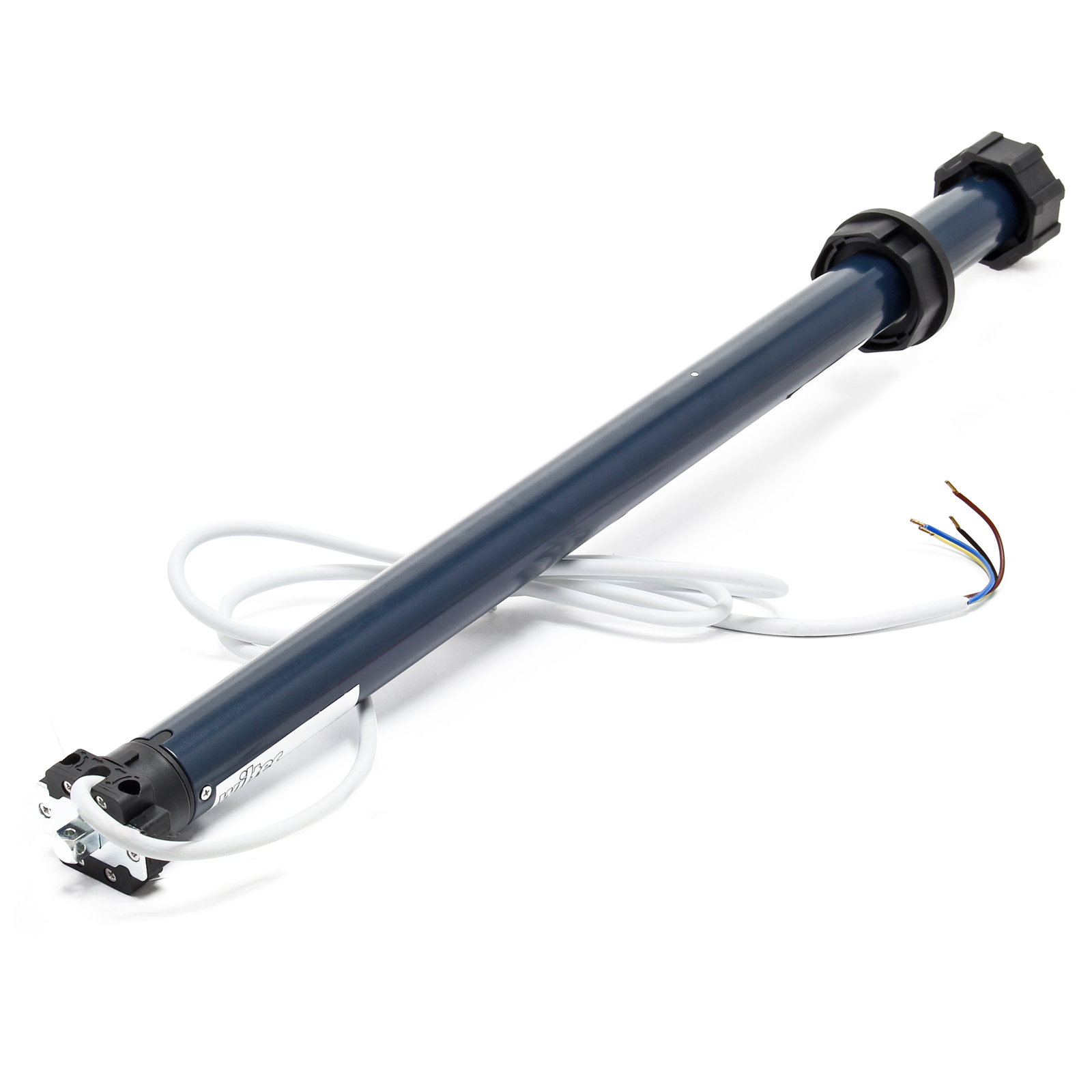Roller Shutter Motors
Filter
Item no.:
62459
Available, delivery time: 2 - 3 days
• Motor for blinds (SW60) with 156 watts
• Conversion to electromechanical use
• Stop and limit switch
• Higher security enforcement
• Suitable for outside and in humid rooms
• Conversion to electromechanical use
• Stop and limit switch
• Higher security enforcement
• Suitable for outside and in humid rooms
Item no.:
62461
Available, delivery time: 2 - 3 days
• Motor for blinds (SW60) with 204 watts
• Conversion to electromechanical use
• Stop and limit switch
• Higher security enforcement
• Suitable for outside and in humid rooms
• Conversion to electromechanical use
• Stop and limit switch
• Higher security enforcement
• Suitable for outside and in humid rooms
Item no.:
62457
Available, delivery time: 2 - 3 days
• Motor for blinds (SW60) with 126 watts
• Conversion to electromechanical use
• Stop and limit switch
• Higher security enforcement
• Suitable for outside and in humid rooms
• Conversion to electromechanical use
• Stop and limit switch
• Higher security enforcement
• Suitable for outside and in humid rooms


